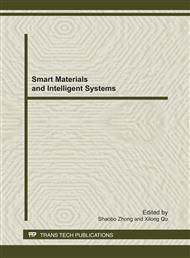p.144
p.149
p.157
p.162
p.167
p.172
p.176
p.180
p.188
Comparison of Three Rainfall Products from Microwave Imagers during Development of Typhoon Ma-on
Abstract:
Three kinds of rainfall results retrieved from MWRI, TMI and AMSR-E microwave imagers were compared during development of typhoon Ma-on occurred in 2011. A cloud-radiation database for MWRI was build and then used in GPROF algorithm to retrieve rainfall rate from brightness temperatures of multiple MWRI channels. The comparative results indicated that rainfall retrieved from MWRI data showed good consistency with TMI and AMSR-E rainfall products in terms of time evolution and spatial distribution. Rainfall was positively correlated with typhoon intensity, though there was time difference between the strongest precipitation and the strongest typhoon. Radial distribution of rainfall rate suggested that about 70% rainfall was concentrated within the scope of 1.5° from typhoon center. Our study is helpful for the analysis of temporal and spatial rainfall variability from different rainfall products with time- consistency.
Info:
Periodical:
Pages:
167-171
Citation:
Online since:
January 2012
Authors:
Keywords:
Price:
Сopyright:
© 2012 Trans Tech Publications Ltd. All Rights Reserved
Share:
Citation:


